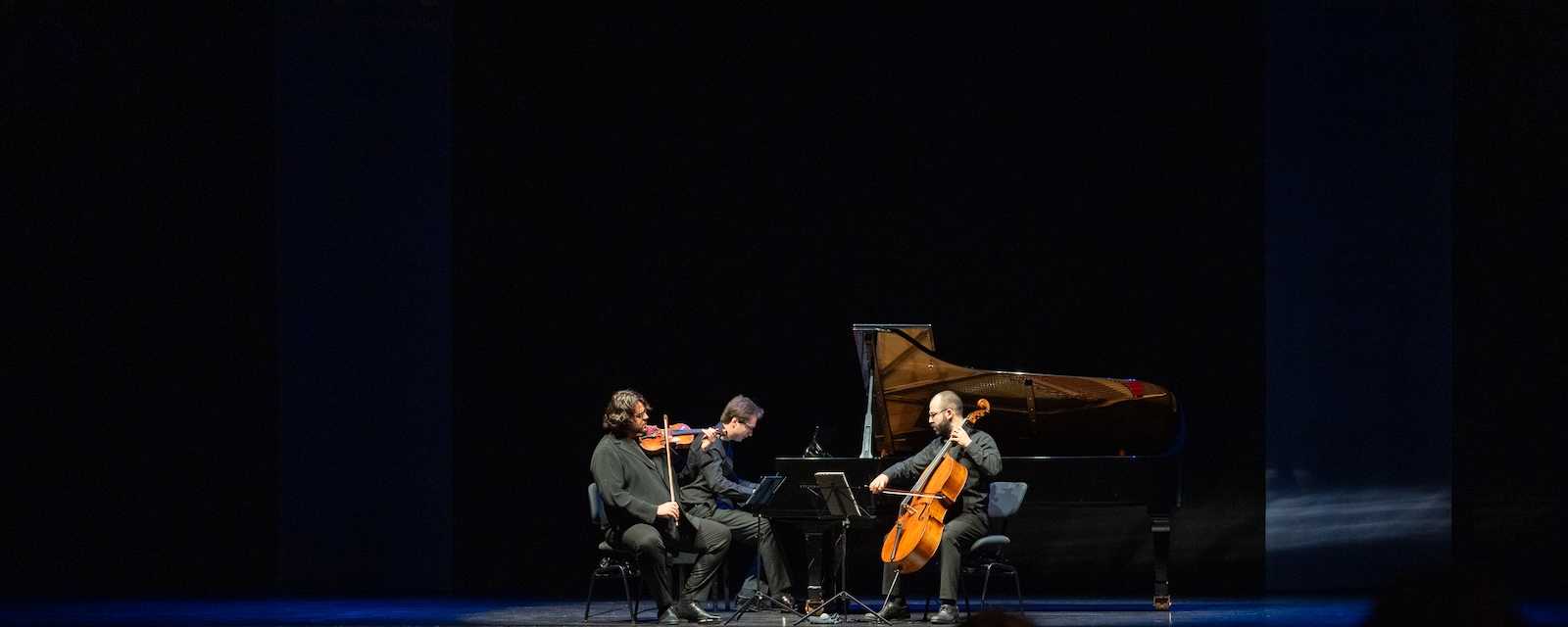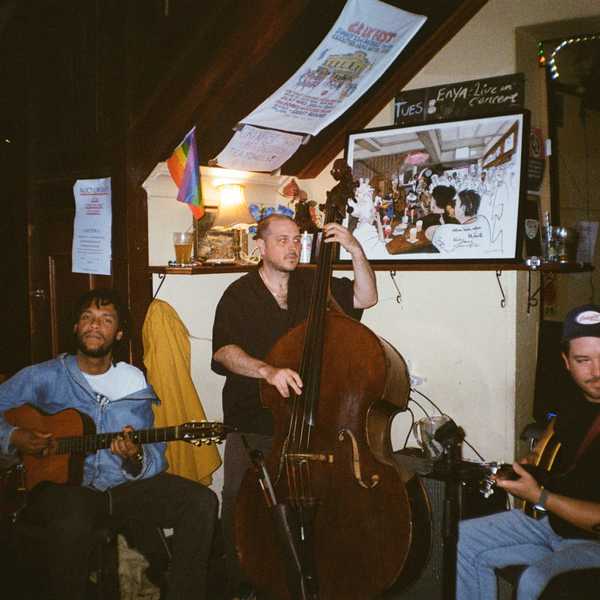Monday 13 October 2025
Review by Paul Neeson (Arts Wednesday)
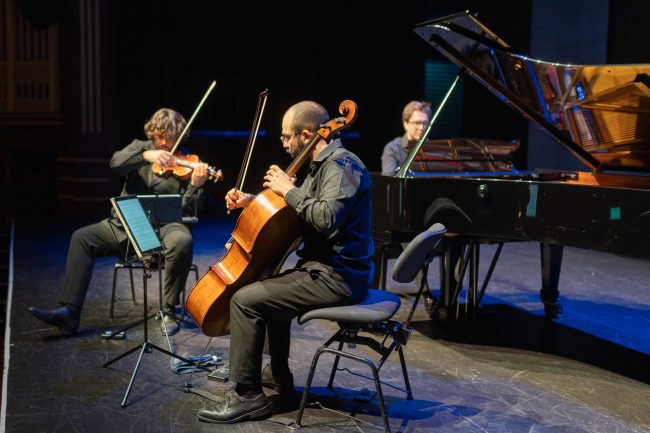
Musica Viva Australia has invited another world class chamber ensemble to our shores with UK based Trio Isimsiz, a piano trio with a perfection of tone, phrasing and emotional depth that can only come from 16 years of performing together and living and breathing as one. Their ability to make three instruments sound like anything from a small orchestra to the most intimate chamber music demonstrates their consummate skill and musicianship.
In this recital they programmed two works from the Romantic masters Brahms and Schubert as well as an Australian premier of the Piano Trio they commissioned from Spanish composer Francisco Coll.
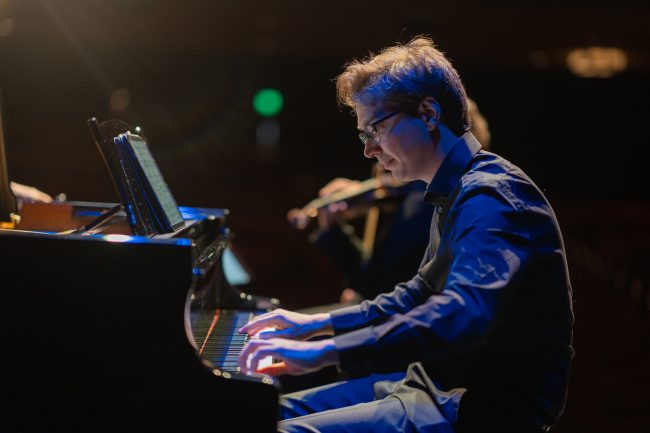
The program opens with Brahms’ Piano Trio in C minor Op.101, a stalwart of the repertoire. Composed when Brahms was 53, it is a mature work but does not display his later-in-life tendency for (dare I say) long-windedness, this one coming in at only 22 minutes. By the 2nd movement, presto non assai, the trio had found their voice, and sat comfortably in the acoustic of the space and the tone of the grand piano. It must be a challenge for the pianist playing on a different instrument every night, but Erdem Mısırlıoğlu was obviously accustomed to the task. The sonorities were well matched between the lower piano notes and the cello, between the two string instruments, and between the upper registers of all three: again sounding like one unified entity. The trio’s technique was shown to perfection in the final movement with the difficult cross and counter rhythms never missing a beat, and the building of excitement concluding with a precise and rewarding cadence.
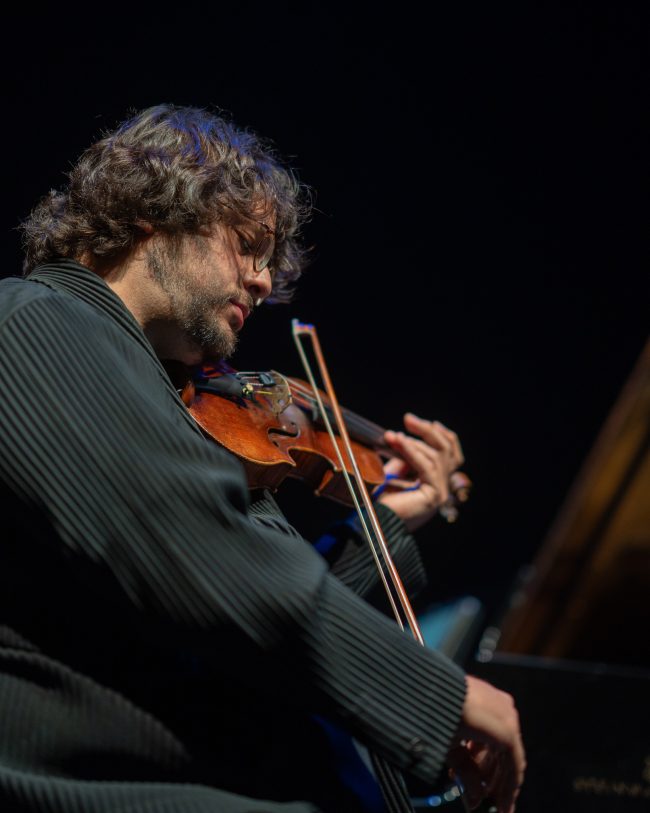
Franciso Coll had the unique privilege of studying under British contemporary composer Thomas Adès, and similarities (I’m thinking of his String Quartet Arcadiana) can be heard in the sound world of Coll’s Piano Trio. The work is contemporary and challenging for most audiences I would think, but we are talking here about a Musica Viva audience who expect to be taken beyond their comfort zone – perhaps as long as we return there at some point in the program. Cellist Edvard Pogossian described the work as like looking through a kaleidoscope in that the ideas are turned on each other appearing in different aspects and configurations throughout the work. To me it was like looking at a reflection in a shattered mirror, with sharp jagged shards distorting the music in sometimes unpleasant yet mercurial even enigmatic ways. I would not use the word melody as it seems that in this style of contemporary music melody is more often than not to be avoided at all costs – arguably part of the contemporary oeuvre. But the emotions were strong and constantly shifting, always questioning but never resolving. There was no discernible rhythm apart from a constant throbbing pulse that propelled the work. It was like trying to see the detail on the opposite shore of a dark cold lake through rising threads of mist: always enticing, but devoid of resolution or satisfaction. As violinist Pablo Hernán Benedí says in the interview below it is one of the most technically challenging works they have ever tackled.
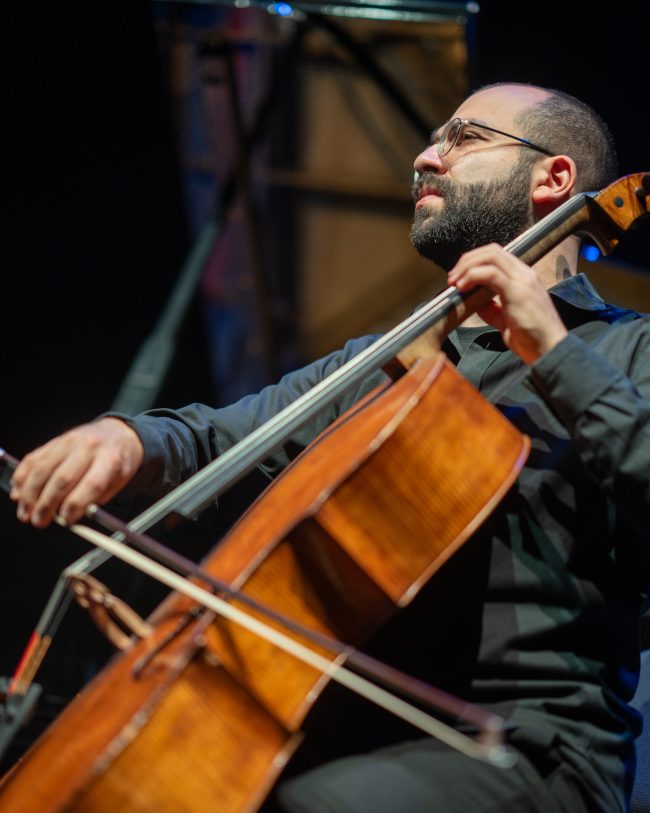
Schubert brought our ears back to our happy place after the interval. His Piano Trio No. 1 in B-flat major, is a constant stream of joyous melody, and it was soon evident that Trio Isimsiz was channeling his joy. The clarity of the piano lines were reflected and echoed in the strings and then turned inside out and morphed from major to minor and back again with an ease of writing that can only be envied. The Isimsiz Trio’s ability to share and shift the rhythm, melody and harmony between the parts and achieve a perfectly structured balance was never at risk. A totally enjoyable experience.
You can listen to a recent interview with Pablo Hernán Benedí below:
Share "Review: Trio Isimsiz"
Copy

